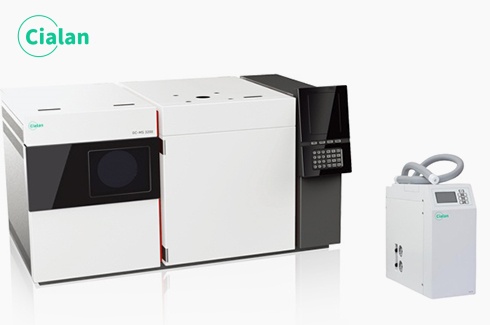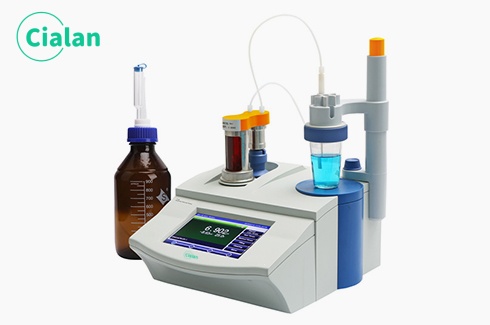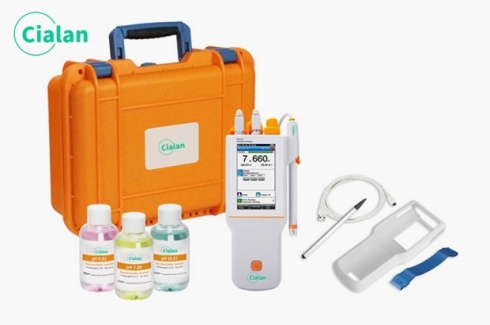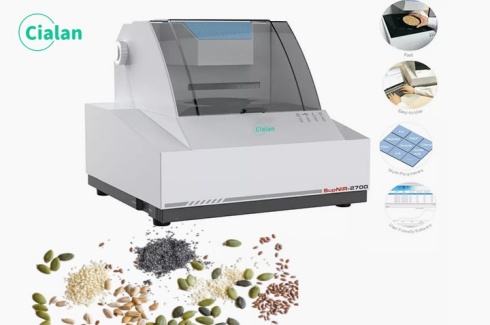Application prospects and improvements of molecular distillation technology
Molecular distillation technology has a very broad application prospect and advantages:
① Increased demand for high-purity products: In the pharmaceutical, food, chemical and other fields, the demand for high-purity products continues to grow.
② Heat-sensitive substance processing: suitable for the separation of heat-sensitive substances to meet the processing needs of special products.
③ Environmental protection needs: Contribute to the treatment of organic waste liquids and the recovery of useful substances in the field of environmental protection.
④ New energy field: Play an important role in the preparation of new energy materials.
⑤ Fine chemical industry development: Provide effective means for the purification of fine chemical products.
⑥ Biotechnology field: used in the separation and purification of biotechnology products.
⑦ However, to achieve widespread application, some problems still need to be solved, such as reducing costs and improving equipment stability.
In the practical application, there have the following areas that need to improve:
① Higher costs: Equipment acquisition, maintenance and operation costs are relatively high.
② Complex equipment: difficult to operate and maintain.
③ Limited scope of application: Separation of certain substances may not be effective.
④ Limited industrial scale: There may be challenges in large-scale application.
⑤ Stability of membrane materials: The stability and service life of the membrane need to be improved.
⑥ Energy consumption: further reduce energy consumption and improve energy utilization efficiency.
⑦ Data Accuracy: In some cases, the accuracy of the data may be affected.
⑧ To improve these areas, the following measures can be taken:
⑨ Technological innovation and cost reduction.
⑩ Optimize equipment design and improve operation convenience.
⑪ Expand the scope of application and improve the separation effect.
⑫ Promote research for large-scale applications.
⑬ Develop more stable membrane materials.
⑭ Optimize processes and reduce energy consumption.
⑮ Improve detection technology to ensure data accuracy.
① Increased demand for high-purity products: In the pharmaceutical, food, chemical and other fields, the demand for high-purity products continues to grow.
② Heat-sensitive substance processing: suitable for the separation of heat-sensitive substances to meet the processing needs of special products.
③ Environmental protection needs: Contribute to the treatment of organic waste liquids and the recovery of useful substances in the field of environmental protection.
④ New energy field: Play an important role in the preparation of new energy materials.
⑤ Fine chemical industry development: Provide effective means for the purification of fine chemical products.
⑥ Biotechnology field: used in the separation and purification of biotechnology products.
⑦ However, to achieve widespread application, some problems still need to be solved, such as reducing costs and improving equipment stability.
In the practical application, there have the following areas that need to improve:
① Higher costs: Equipment acquisition, maintenance and operation costs are relatively high.
② Complex equipment: difficult to operate and maintain.
③ Limited scope of application: Separation of certain substances may not be effective.
④ Limited industrial scale: There may be challenges in large-scale application.
⑤ Stability of membrane materials: The stability and service life of the membrane need to be improved.
⑥ Energy consumption: further reduce energy consumption and improve energy utilization efficiency.
⑦ Data Accuracy: In some cases, the accuracy of the data may be affected.
⑧ To improve these areas, the following measures can be taken:
⑨ Technological innovation and cost reduction.
⑩ Optimize equipment design and improve operation convenience.
⑪ Expand the scope of application and improve the separation effect.
⑫ Promote research for large-scale applications.
⑬ Develop more stable membrane materials.
⑭ Optimize processes and reduce energy consumption.
⑮ Improve detection technology to ensure data accuracy.










